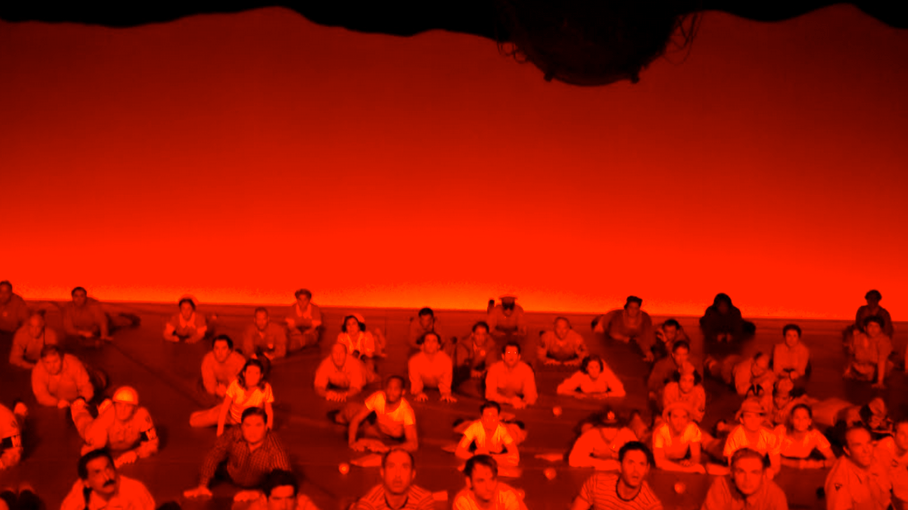New Release: Rossini’s “Semiramide,” Sir Mark Elder and Opera Rara
“Rossini’s music is primarily rhythmic,” says British conductor Sir Mark Elder. “It bubbles. Even in the saddest music, there is a sense of bubbling going along underneath.” According to Elder, control of the tempo is more important than the tempo, itself. It is a sense of collective precision that keeps the audience “leaning forward.” Sir Mark Elder and the Orchestra of the Age of Enlightenment put these concepts to work in a new studio recording of Rossini’s Semiramide. Based …







